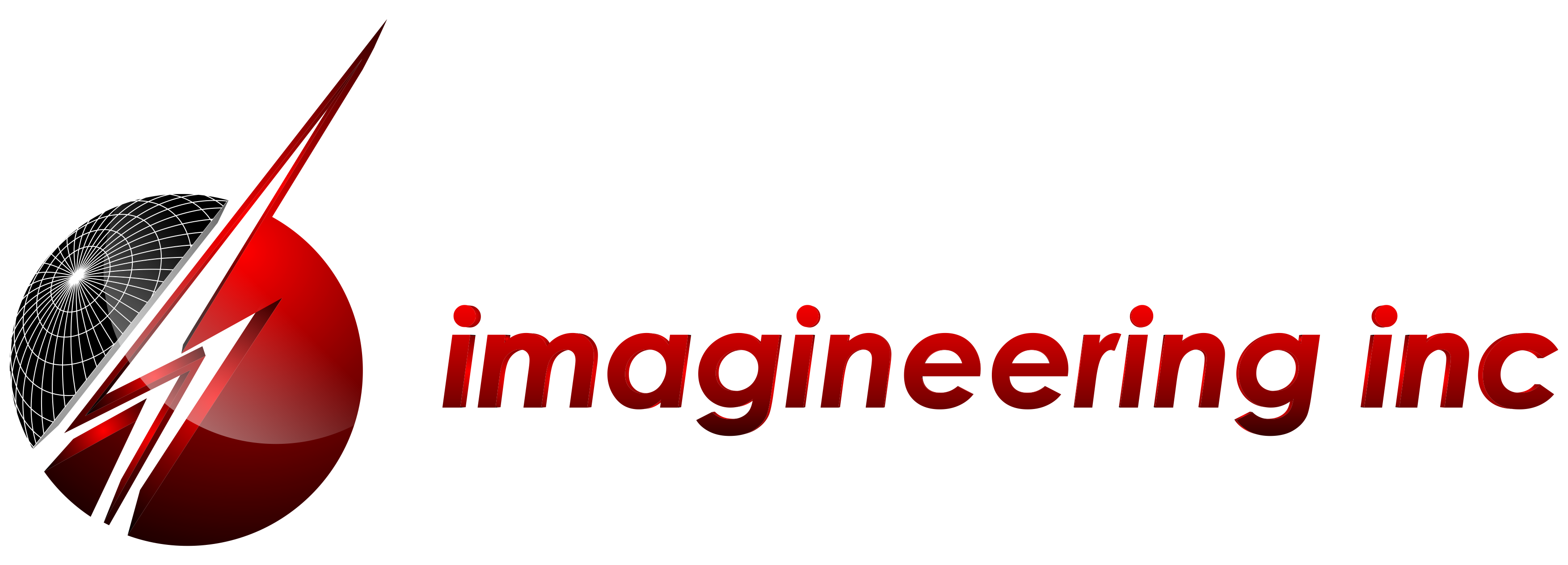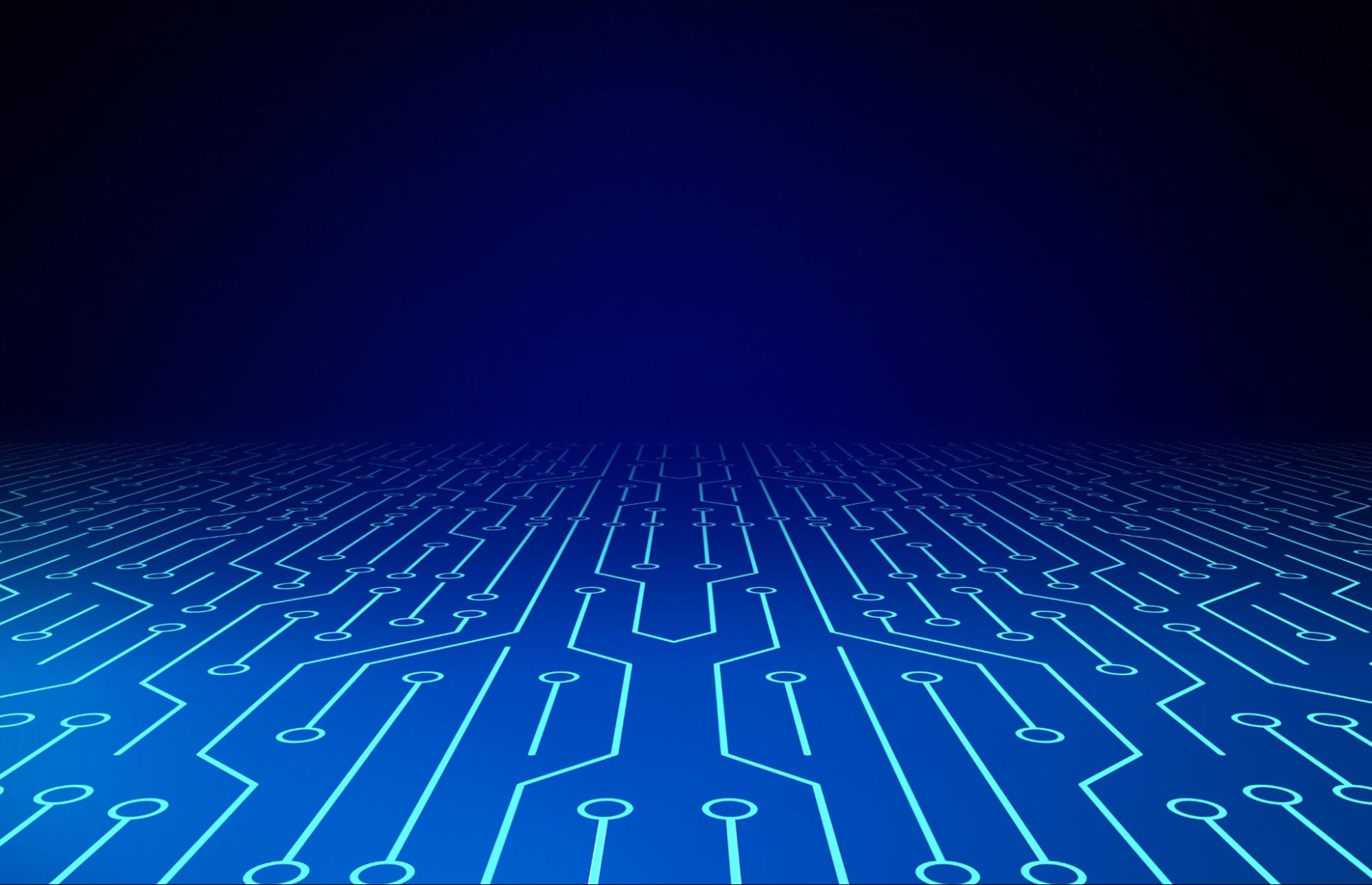Gaining familiarity with key printed circuit board (PCB) terminology can significantly expedite and streamline your collaboration with a PCB manufacturer.
In the sections ahead, we’ve broken down key PCB terminology and organized them based on categories and their meaning to give you a reliable map of the territory ahead of you.
It’s important to note that while this PCB glossary doesn’t encompass all possible terms, it provides a solid foundation for your informational needs. Also feel free to download this guide so you save it for future reference.
Table of Contents
PCB Structure and Layers
Printed Circuit Board (PCB): A flat board made of sturdy materials such as FR-4. A PCB holds and connects electronic components with thin lines of metal, called traces, that allow electricity to flow between components. A PCB is the foundational piece of most modern electronics.
FR-4: The standard material for producing PCBs. FR-4 is a type of composite material made of woven fiberglass cloth and an epoxy resin.
Trace: An electrical pathway, usually made of thin copper lines, that connect different parts of a circuit on a PCB.
Via: A small hole that acts like a tunnel through a PCB and connects different layers of the board. It allows traces on one side to connect with traces on another, enabling three-dimensional connections.
Silkscreen: A printed layer on a PCB that provides labels, markings, and information about where each component should be placed and how it should be oriented.
Copper Layer: A very thin layer of copper that covers the surface of a PCB. Traces are created by etching away the excess copper from this layer, leaving behind the desired electrical pathways.
Ground Plane: A large area of copper on a PCB that serves as the reference point for electrical signals, ensuring all parts of the circuit are working in sync.
Power Plane: A large area of copper on a PCB dedicated to carrying electrical power to different parts of the circuit.
Pad: Pads are small areas of metal on a PCB where the leads of electronic parts are soldered, creating a secure electrical connection.
Annular Ring: A circular area of metal around a drilled hole on a PCB, which helps create a strong connection for components with leads.
Non-Plated Through-Hole (NPTH): Holes in a PCB that don’t have copper plating. Often used for mechanical support or alignment.
Thermal Relief: A pattern of traces that connect a pad to a larger copper area, making it easier to solder components without overheating them.
Component Placement
Component: A small, individual part (like a resistor or capacitor) that, when connected with others on a PCB, forms a complete electronic device.
Surface Mount Technology (SMT): A method of placing and soldering electronic components directly onto the surface of a printed circuit board.
Through-Hole Technology (THT): A method of attaching electronic components by inserting wire leads through holes on a PCB and then soldering them on the other side.
Component Footprint: A pattern on a circuit board that matches the physical shape and arrangement of metal pads or holes for a specific component.
Decoupling Capacitor: A small electronic part placed near other components on a PCB to stabilize the power supply, providing extra power during sudden high-demand moments.
BGA (Ball Grid Array): Integrated circuits (like microchips) with tiny metal balls on the bottom, allowing them to be densely packed on a PCB for efficient connections.
CPLD (Complex Programmable Logic Device): A specialized chip that can be programmed to perform specific tasks in electronic circuits.
FPGA (Field-Programmable Gate Array): A highly programmable chip that can be reconfigured after manufacturing, making it adaptable for a wide range of tasks.
Jumper: A small wire or component that can be placed on a circuit board to create an electrical connection between two points.
PCB Manufacturing Processes
Copper Pour: A technique where large areas on a circuit board are covered with a layer of copper to enhance electrical conductivity.
Panelization: The process of grouping multiple individual PCBs together on a larger panel for more efficient manufacturing.
Solder Mask: A layer applied to a circuit board that shields the conductive traces, preventing unintended electrical connections and providing insulation.
Stencil: A stencil is a thin sheet, often made of metal or plastic, with precisely cut openings. It’s used to apply solder paste onto the board during assembly, ensuring accurate component placement.
Solder Resist: A protective layer applied to the PCB that prevents solder from sticking to areas where it shouldn’t.
Reflow Soldering: A method where solder paste, applied to the PCB, is melted in a controlled process, creating secure connections between components.
Wave Soldering: A technique where the entire bottom of a PCB is passed over a wave of molten solder, which adheres to the exposed metal pads, creating connections with through-hole components.
Silicon Wafer: A thin, flat disk of crystalline silicon, used as the foundation for manufacturing electronic devices like microchips.
IPC Class: A set of standards defined by the Institute for Printed Circuits (IPC) that categorizes PCBs based on performance characteristics.
Flex PCB (Flexible Printed Circuit Board): a type of circuit board made from flexible materials, allowing it to bend or twist.
Rigid-Flex PCB: A hybrid board that combines both rigid and flexible substrates.
Design and Analysis
Bill of Materials: A detailed list of all the materials needed to assemble a printed circuit board. Includes quantities and specific details like part numbers.
Design for Manufacturability (DFM): The practice of designing electronic products in a way that makes them more cost-effective to manufacture.
Gerber Files: A set of electronic documents that contain detailed information about a PCB’s design, such as the position, size, and shape of all components, traces, and layers.
Netlist: A list of all the electrical connections between components.
Layer Stackup: The arrangement of different layers in a printed circuit board.
DRC (Design Rule Check): A process where specialized software checks the PCB design against a set of predefined rules to ensure that all elements are correctly placed according to industry standards.
Gerber Viewer: A software application that lets you visually analyze Gerber files.
TDR (Time Domain Reflectometry): A measurement technique used to analyze the electrical properties of traces on a PCB.
Electronic Design Automation (EDA): A category of software tools and processes used by engineers to design and test electronic systems.
Electrical Characteristics
Impedance: A measure of how much a circuit resists the flow of alternating current.
ESR (Equivalent Series Resistance): The total resistance in an electronic component that includes both its resistance to direct current (DC) and its resistance to alternating current (AC).
Crosstalk: Unwanted interference between traces or wires on a PCB.
Electromagnetic Interference (EMI): Electronic ‘noise’ that can disrupt the proper functioning of electronic devices.
Power Distribution Network (PDN): The system of traces and planes on a PCB that carries electrical power to different components.
Differential Pair: A pair of closely spaced traces that carry signals with equal amplitude and opposite phases. This configuration reduces electromagnetic interference.
Testing, Quality Assurance, and Compliance
IPC (Institute for Printed Circuits): An organization that sets industry standards and guidelines for designing and manufacturing PCBs.
ESD (Electrostatic Discharge): A sudden spark of electricity that can happen when static electricity builds up and discharges, potentially damaging sensitive electronic components.
Fiducial Mark: A special, easily recognizable marker used in PCB assembly to help machines precisely align and place components during manufacturing.
Test Point: A designated spot on a PCB where a probe or a testing tool can be placed to measure or monitor electrical characteristics.
Test Fixture: A dedicated setup to securely hold and connect a PCB or electronic component during testing.
Restriction of Hazardous Substances (RoHS): A directive that restricts the use of certain hazardous substances in manufacturing electronics.
How to Go Deeper into the World of PCBs
Our guide has hopefully demystified some of the key terms and concepts you will encounter in the PCB industry.
If you’re a design engineer, purchasing manager, or an electronics manufacturer, a solid grasp of these terms will enable you to communicate effectively with industry professionals and make informed decisions about your PCB projects.
Whether it’s sharing PCB insights, keeping you updated on all things PCB or partnering with Imagineering for your PCB manufacturing needs, we know how important high quality is to you. If you’re looking for a PCB manufacturer that will exceed your expectations you have come to the right place, head to pcbnet.com to learn more!

